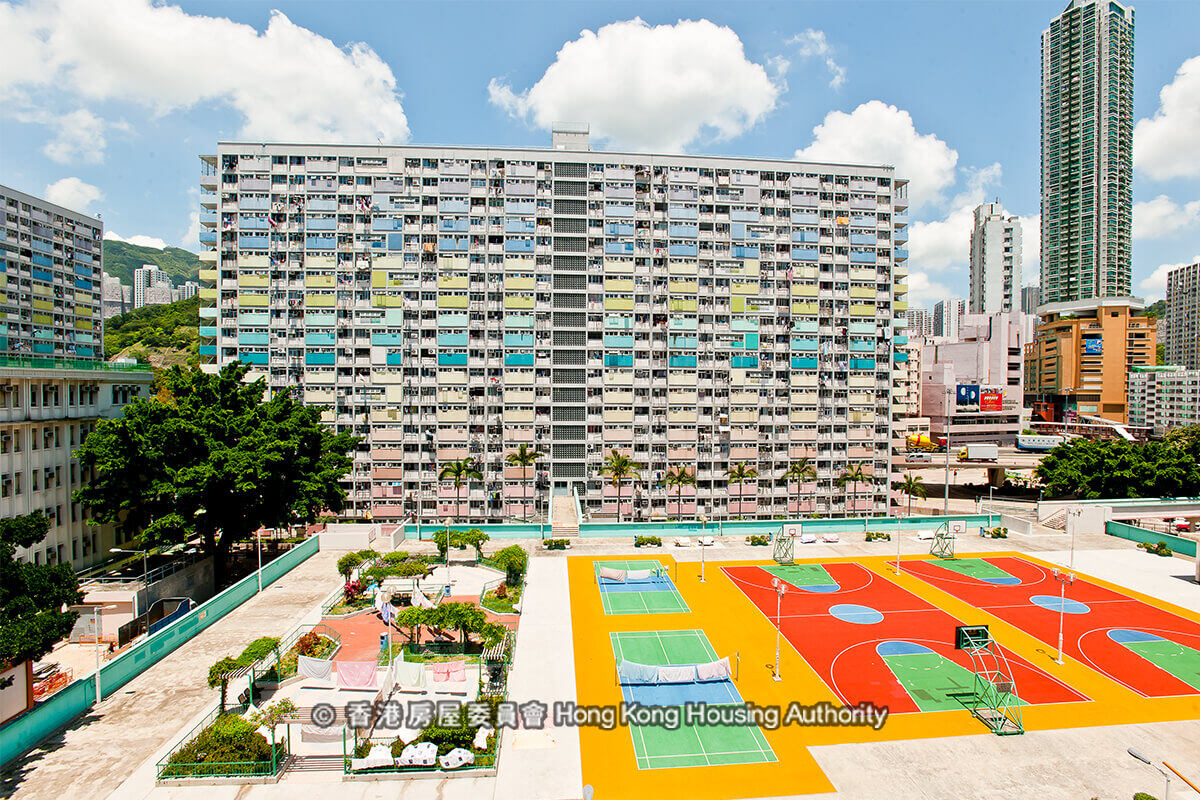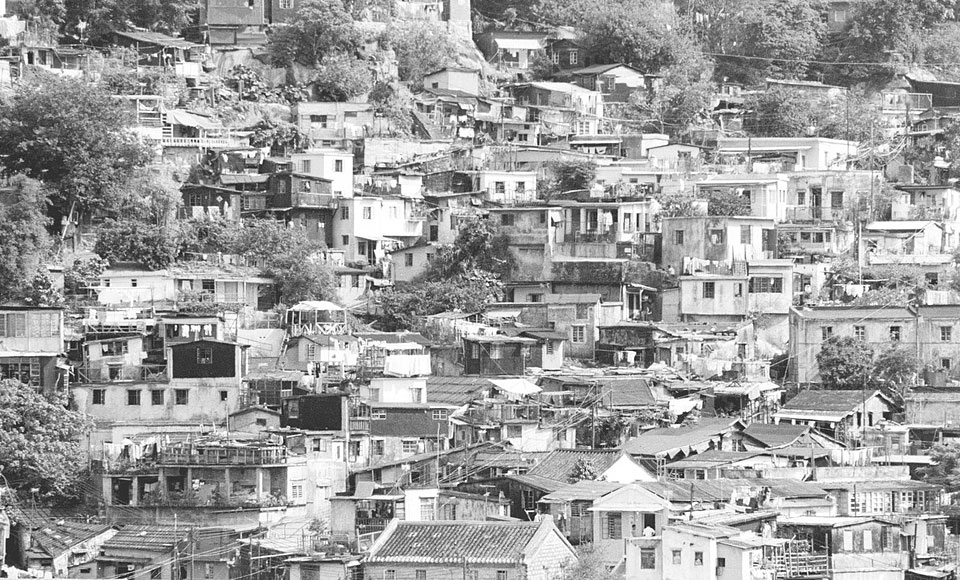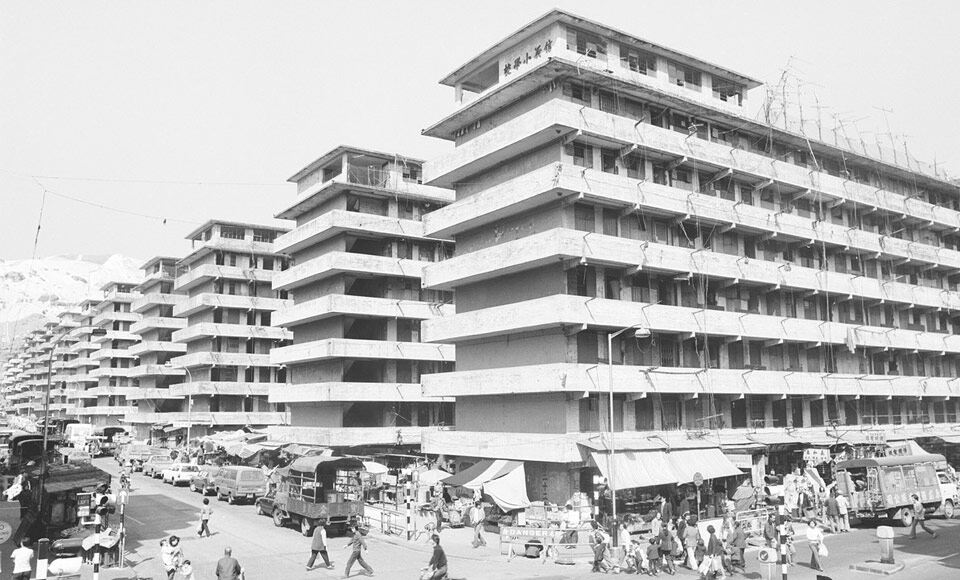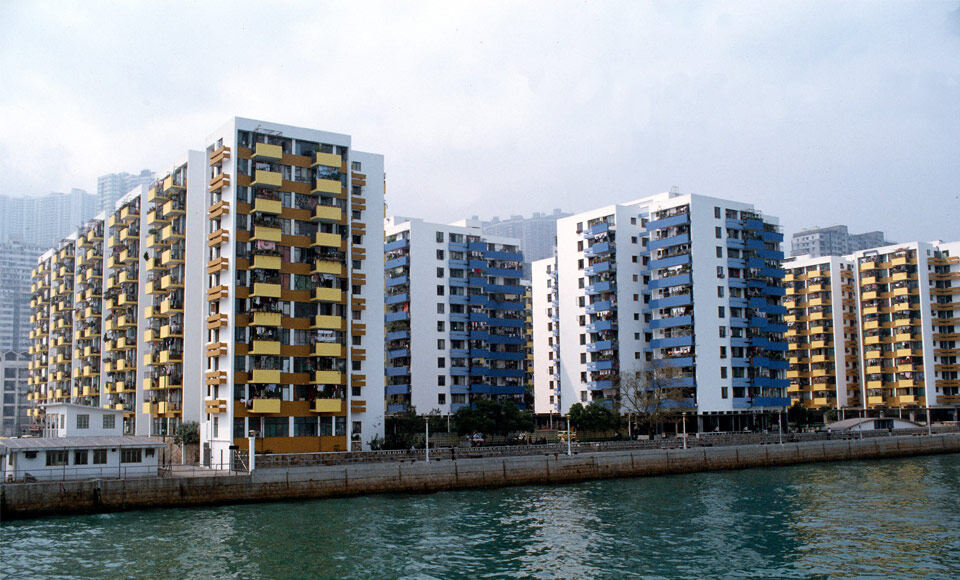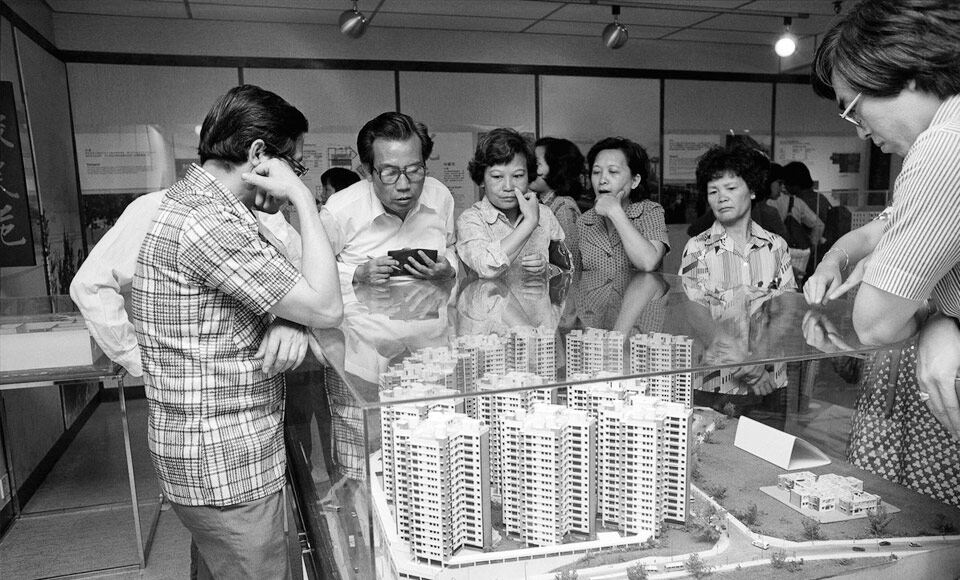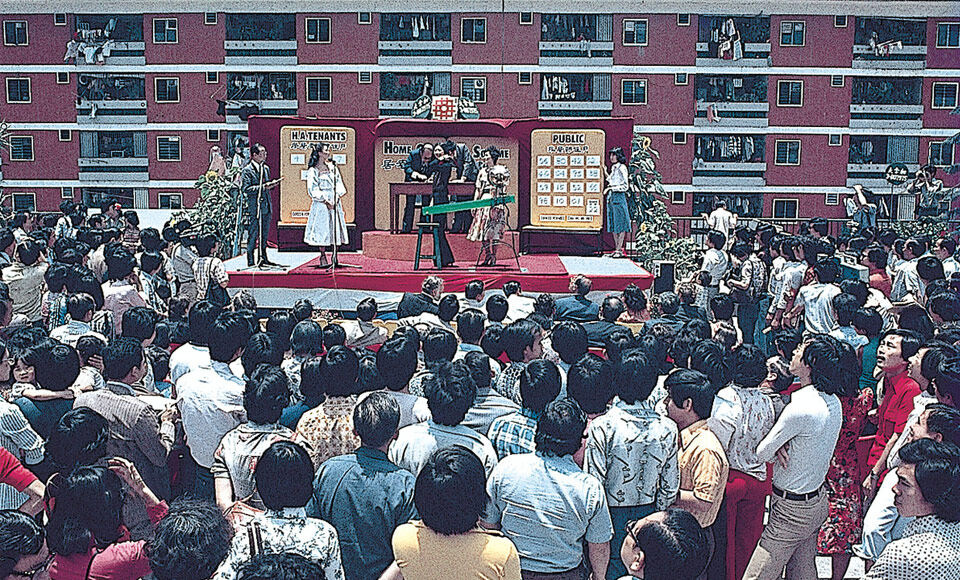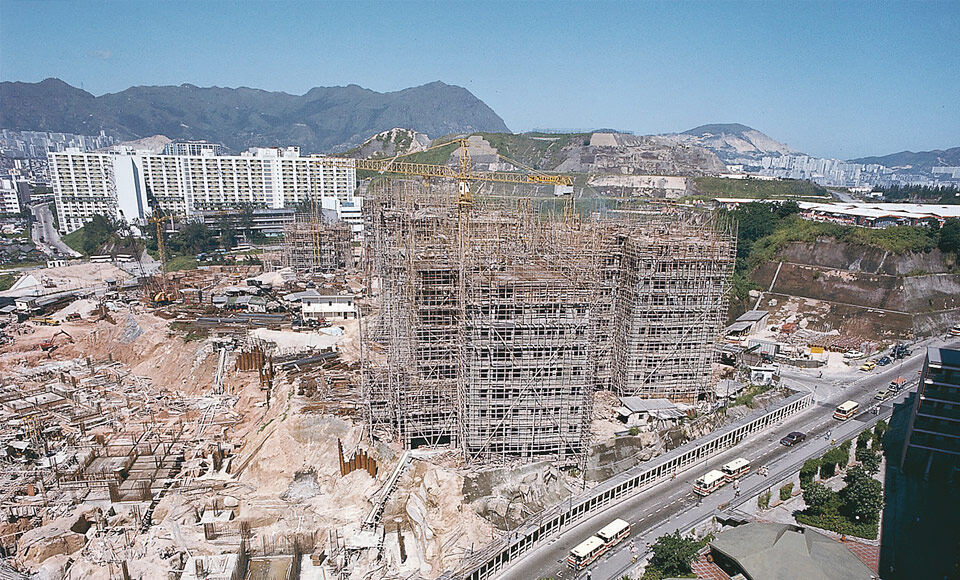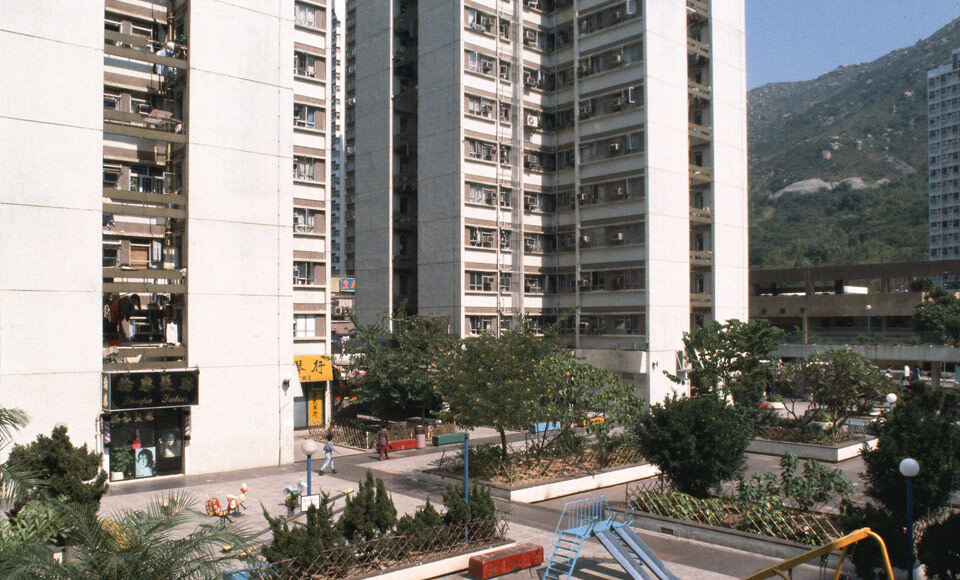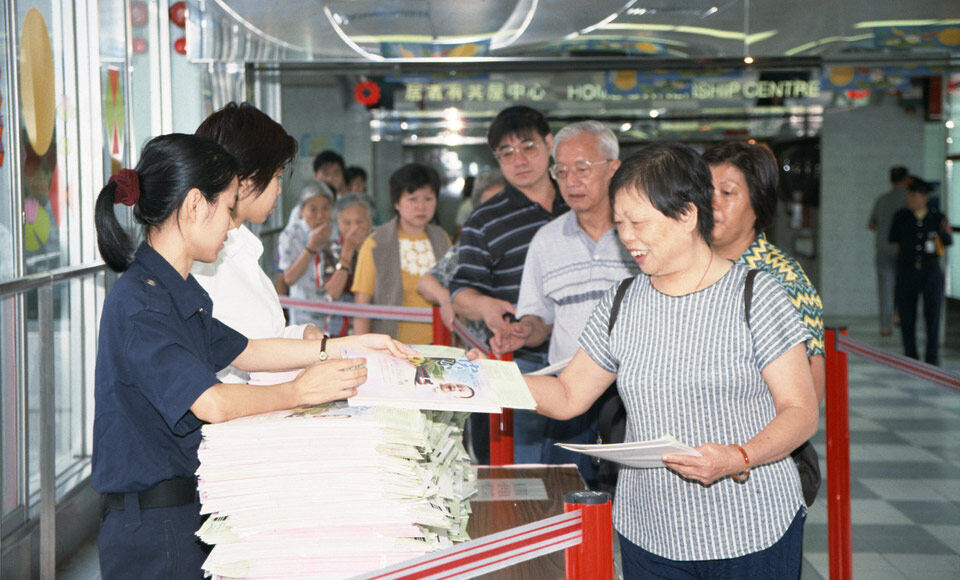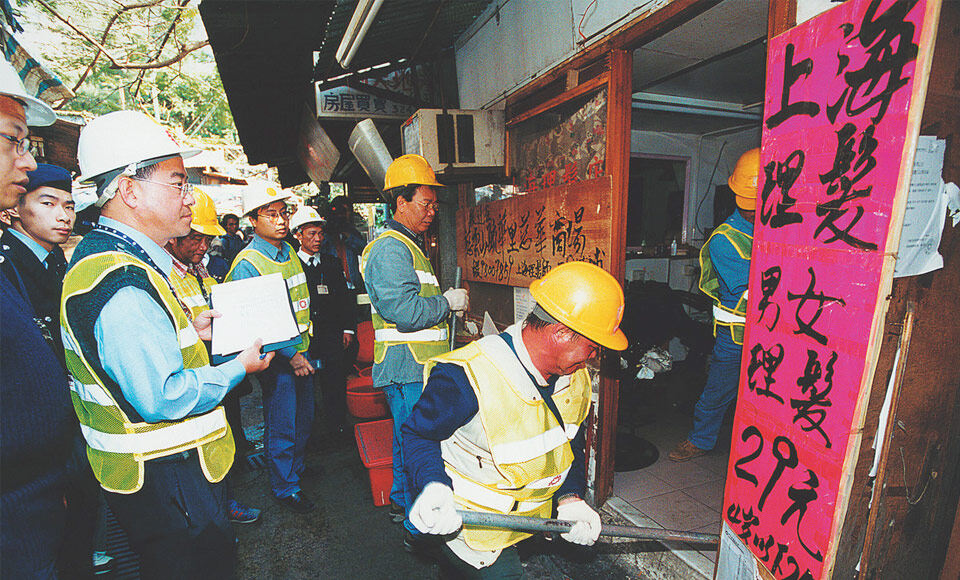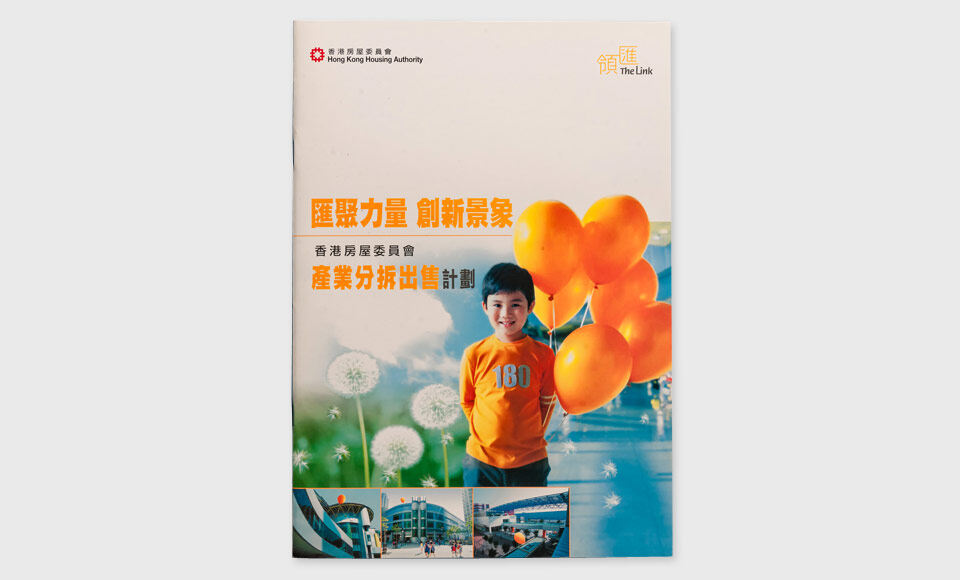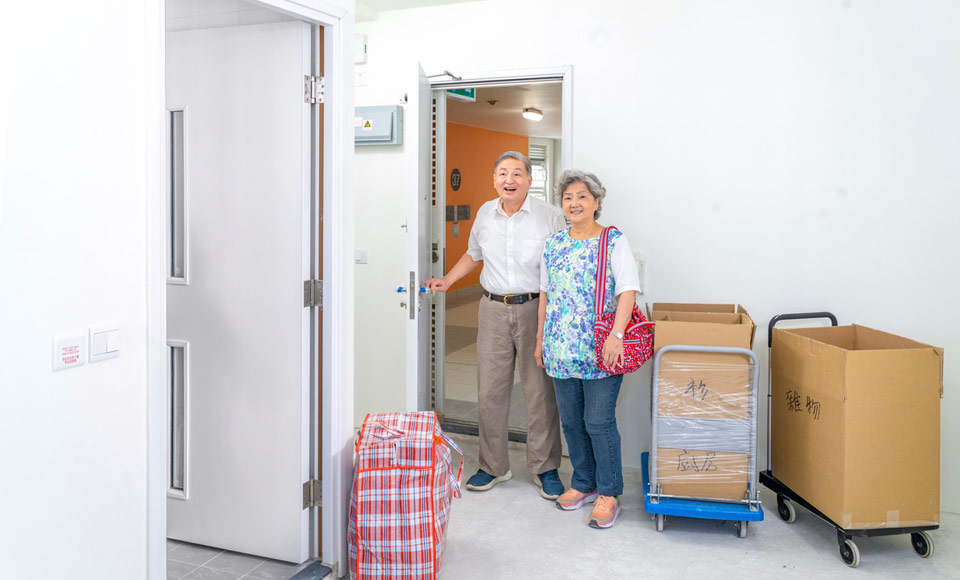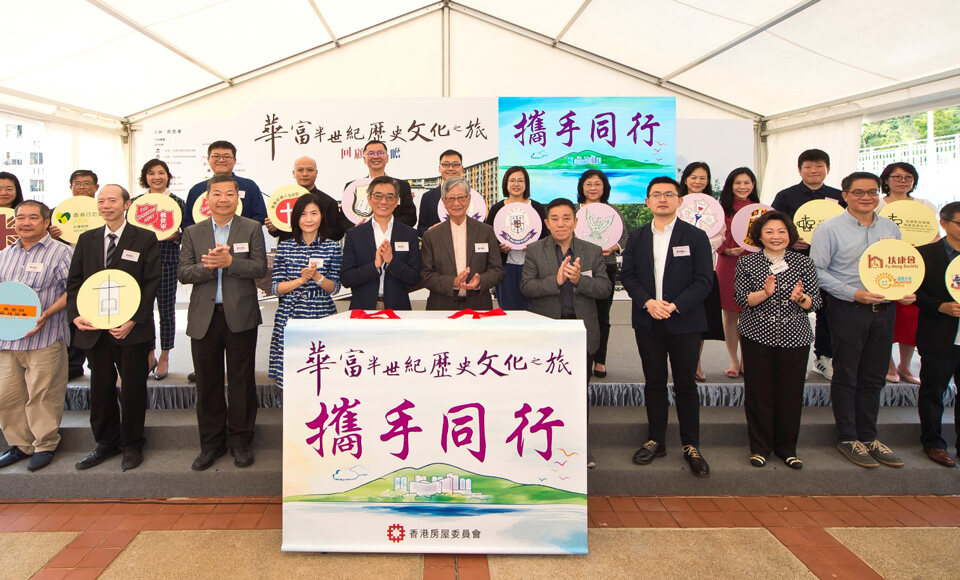
From the rehousing of fire victims in the first resettlement estate in Shek Kip Mei in 1954 to the present day, trace the history of public housing in Hong Kong.

1923
The Government appointed a Housing Commission to solve the housing problems of the low-income class. The Commission proposed to grant land at a low price for contractors to construct 200 to 300 two-storey buildings in each of the main districts. Each building, covering an area of 800 square feet per floor, was built for 30 persons. The monthly rent was to be set at $0.7 per person.
1935
The study conducted by the Housing Commission on Hong Kong’s housing policy suggested that to help those citizens who could not afford market rent, the rent should not exceed one-fifth of the household income. The Commission’s work was halted by the war.

Early 50s
Large numbers of refugees flooded into Hong Kong after war from Mainland China, resulting in a squatter population of around 300,000. Hygiene conditions were poor in the densely populated squatter areas, and fires were common. Between 1950 and 1952, major blazes broke out in different squatter areas such as Lei Cheng Uk Village, Tung Tau Tsuen and Kowloon Tong Village. More than 30,000 people lost their homes.
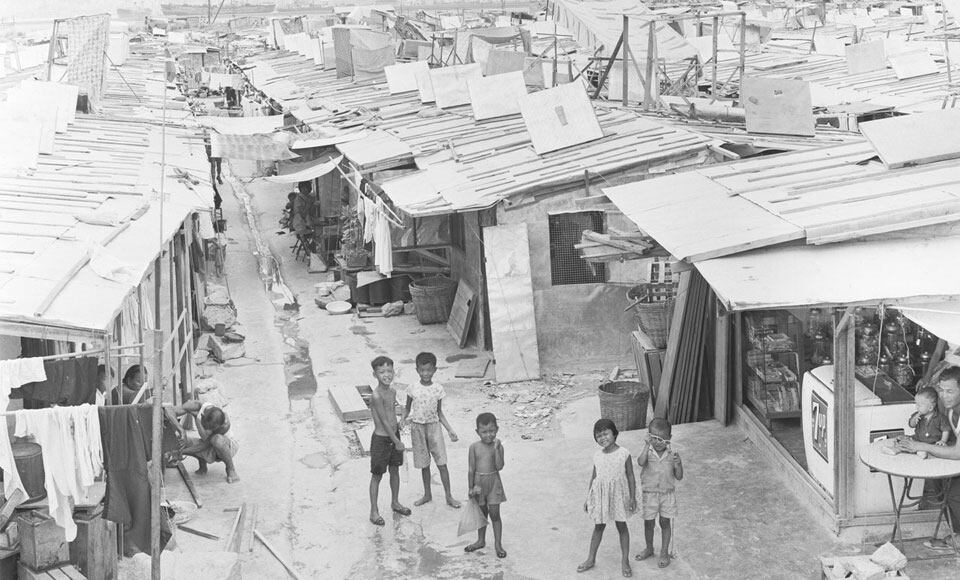
1953
Model Housing Estate in North Point was completed, the first low-cost housing estate built by a voluntary agency, the Hong Kong Model Housing Society.
1953
A devastating fire broke out at the Shek Kip Mei Squatters on 25 December 1953. Over 50 000 people became homeless. After the fire, the Government constructed resettlement blocks for those homeless victims. A Commissioner for Resettlement was appointed.
1954
The former Hong Kong Housing Authority (Housing Authority) was established to take charge of the construction and management of low-cost housing estates.

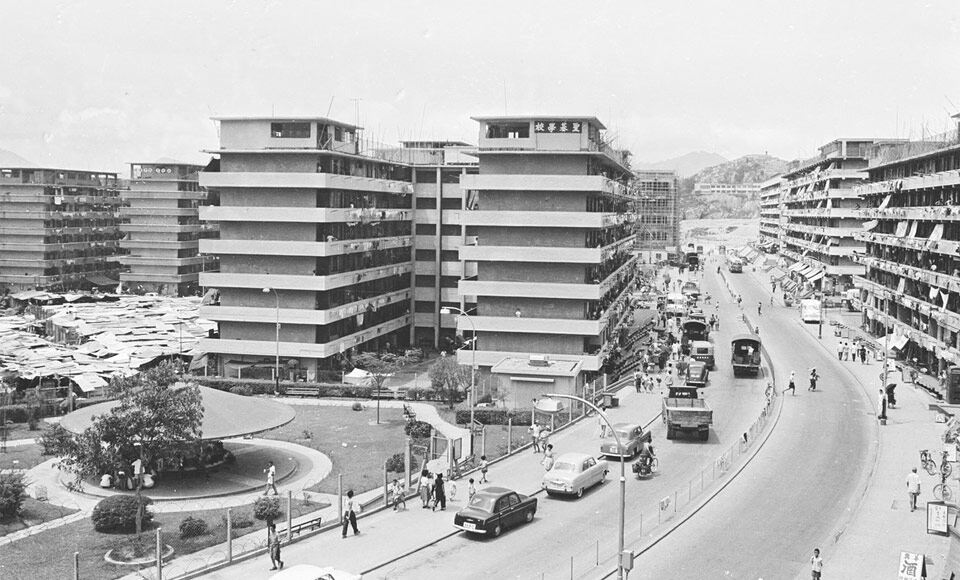
1961
The Government launched its low-cost housing programme, providing housing with facilities superior to those of the resettlement blocks. All flats were equipped with private kitchens, lavatories and balconies. Community facilities were also provided.
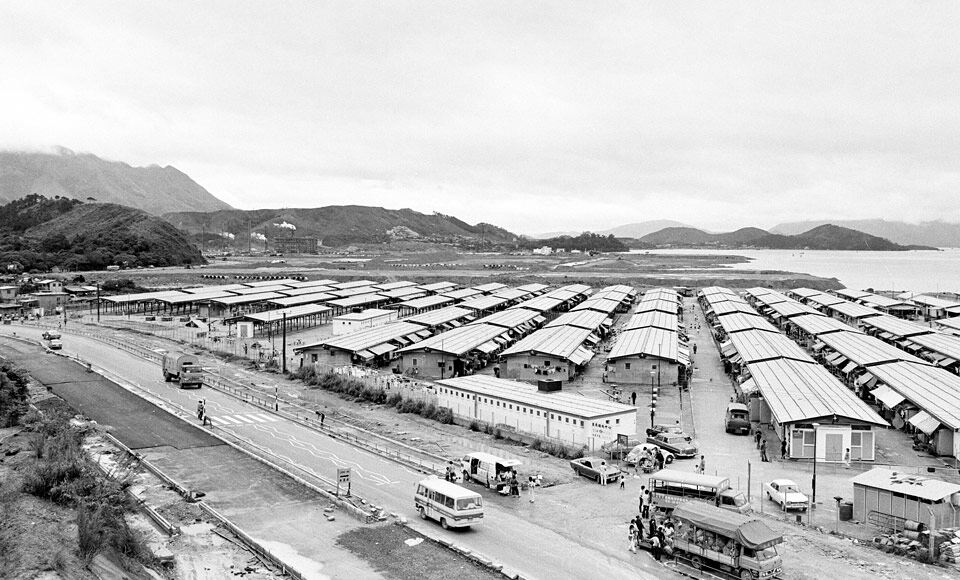
1964
The Government released a White Paper titled Review of Policies for Squatter Control, Resettlement and Government Low-cost Housing. The Temporary Housing Scheme was launched to cater for those not immediately eligible for permanent public housing.
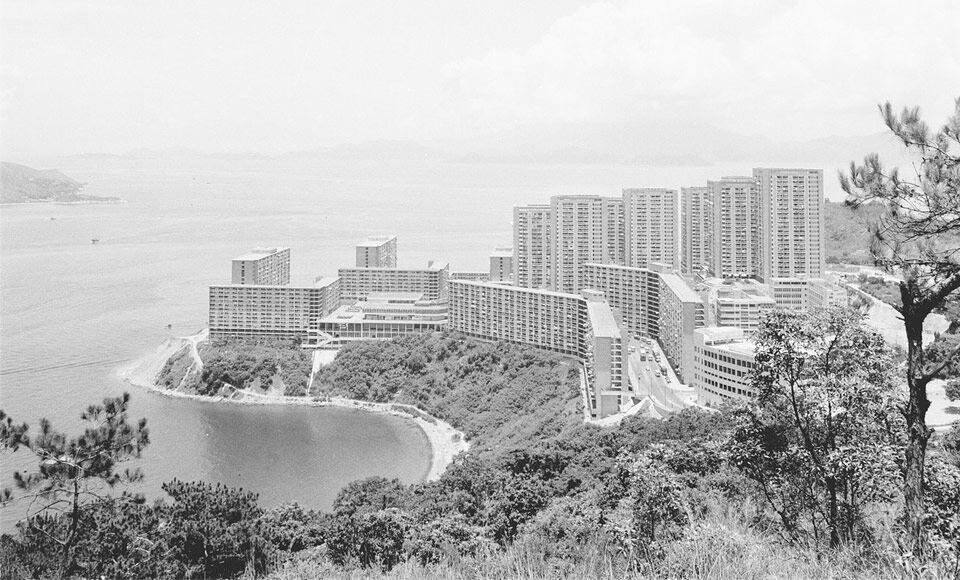
1967
Wah Fu Estate was completed as the first public housing estate adopting the design concept of “comprehensive planning”. Shops, wet market and schools, among other facilities, were provided in the estate. The estate became the blueprint for the development of future housing estates. By then, public housing population already exceeded one million.

1972
The government announced the Ten-year Housing Programme targeted to improve the living environment for 1.8 million Hong Kong residents within a decade between 1973 and 1982. The low-cost housing estates were built with self-contained kitchen and toilet in each flat.
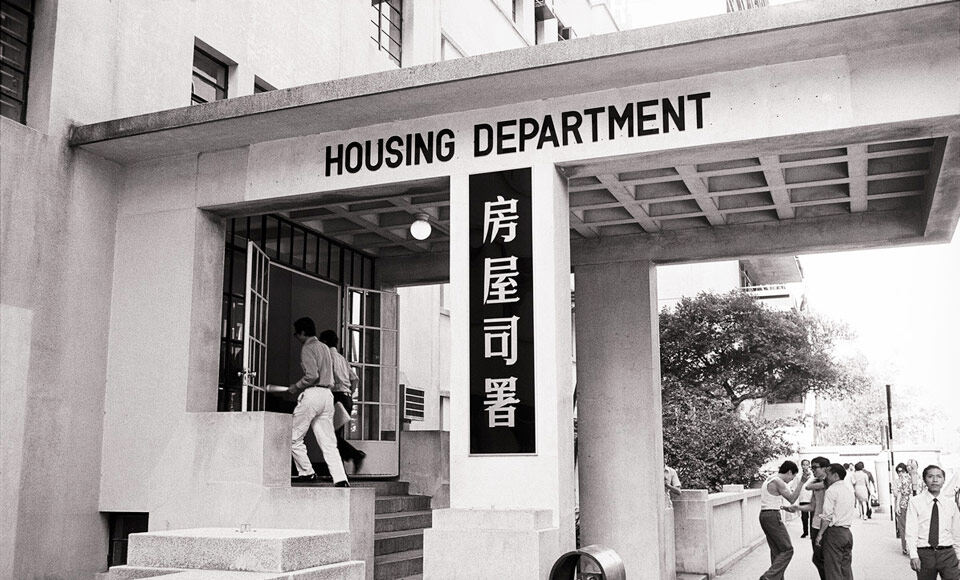
1973
The government re-organised public housing structure and established a new Hong Kong Housing Authority (HA) to take charge of the management of all resettlement blocks and low-cost housing estates. The Resettlement Department and the Housing Division of the Urban Services Department were amalgamated to form the Housing Department as the executive body of the HA.

1982
The Government extended the Ten-year Housing Programme by five years, to 1987.
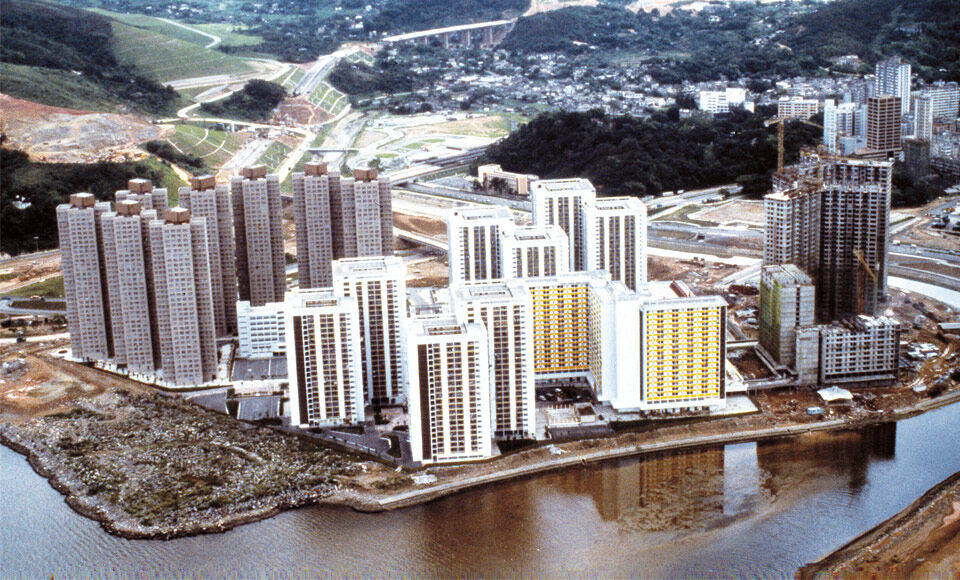
Aerial view of Wang Fuk Court (left) and Kwong Fuk Estate in Tai Po (Photo taken in the early 1980s).
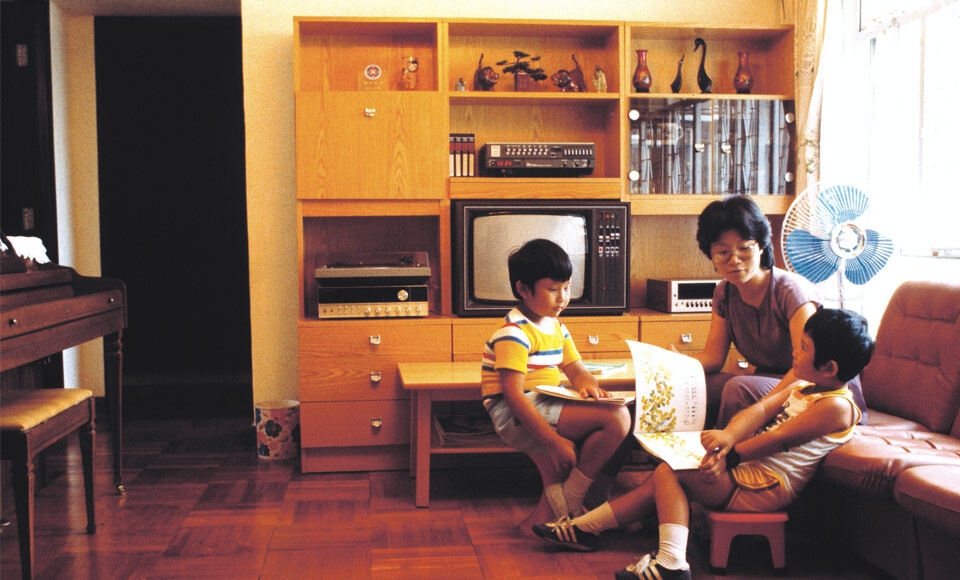
1986
The HA approved the Housing Subsidy Policy and adjusted the housing subsidies provided to better-off tenants.
1987
The Government released the Long Term Housing Strategy to set out the objectives of its housing policy and measures.
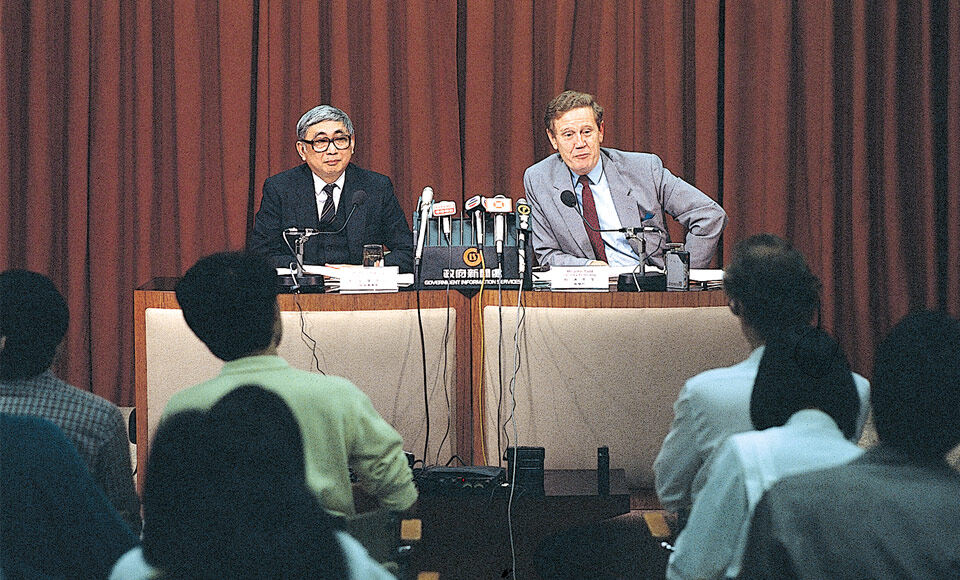
Mr John Todd (then Chairman of Housing Authority) and Mr Pang Yuk-ling (then Director of Housing Department) explaining the “Long Term Housing Strategy” at a press conference. (1987)
1988
A Comprehensive Redevelopment Programme was launched to gradually demolish and redevelop 566 blocks built before 1973.

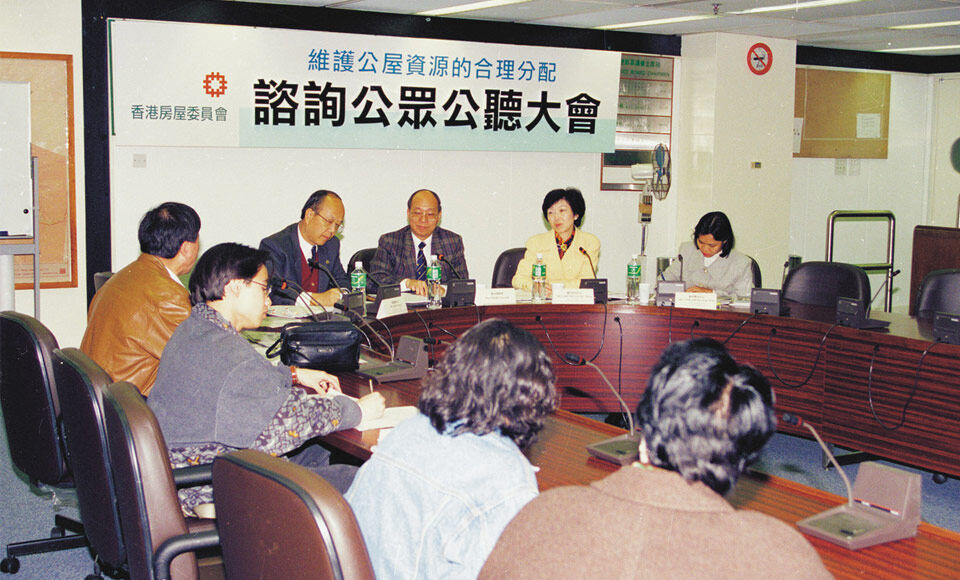
1996
The Policy on Safeguarding Rational Allocation of Public Housing Resources was implemented. Under the Policy, better-off tenants are required to pay market rent, or even to vacate their public housing flats.
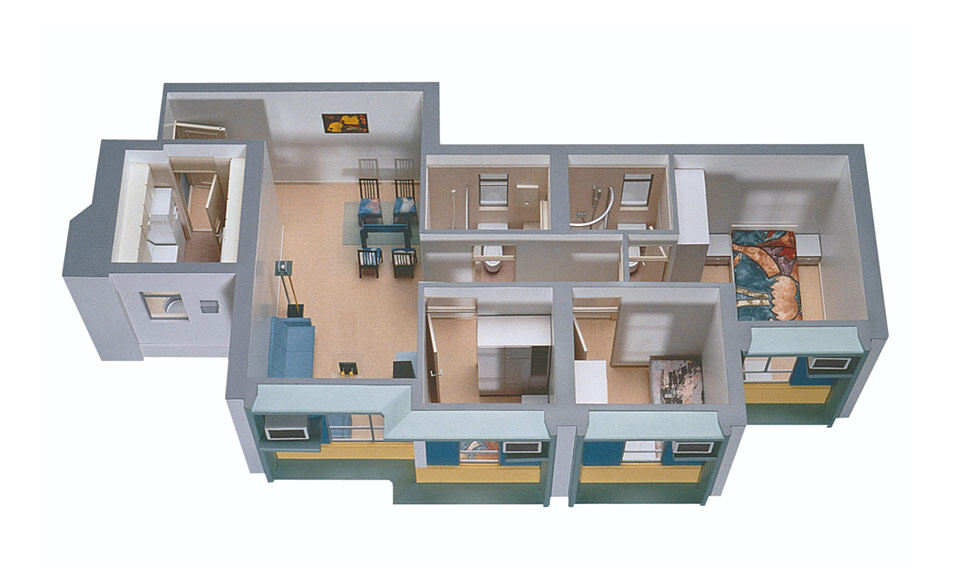
1998
The Government issued a White Paper titled Long Term Housing Strategy to provide a blueprint for future housing policy. The HA launched the Tenants Purchase Scheme (TPS), giving tenants the opportunity to purchase the flats they lived in.
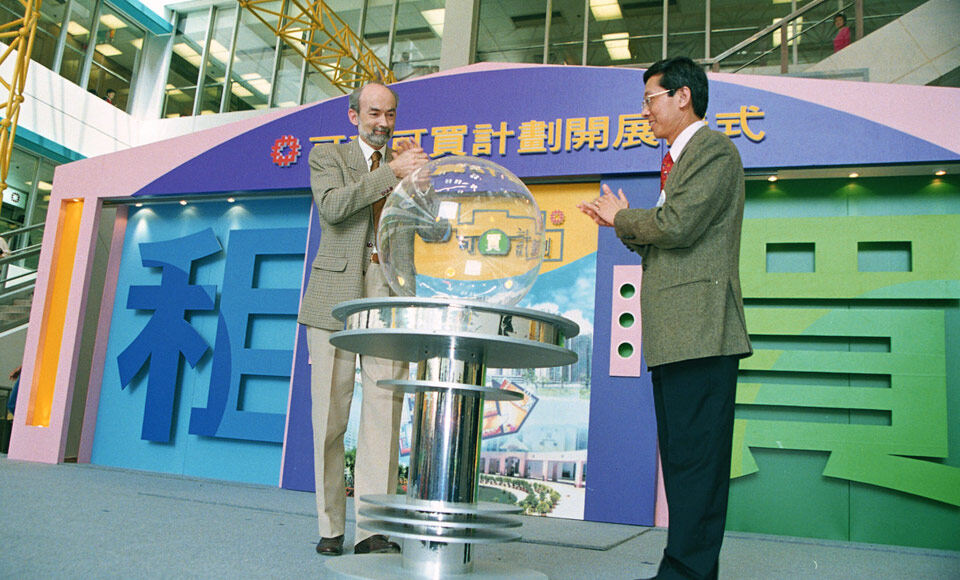
1999
The Buy or Rent Option was introduced to facilitate eligible PRH applicants to acquire early home ownership.
1999 - 2000
In response to the incidents of sub-standard piling, an Independent Checking Unit was formed to improve the building quality of public housing flats.

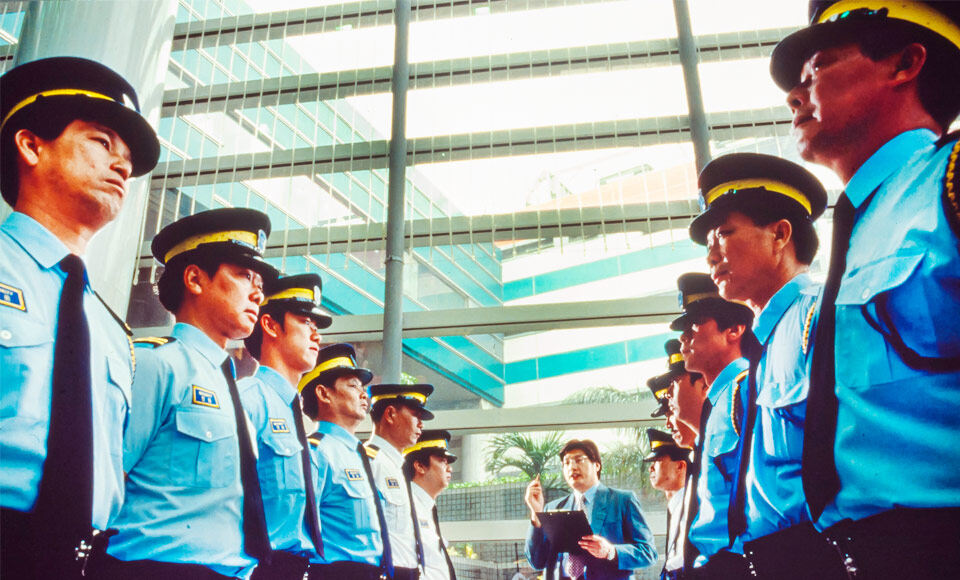
2000
The HA started to outsource the management and maintenance of its estates to property services agents.
2003 onwards
The construction and sale of HOS flats was suspended from 2003.
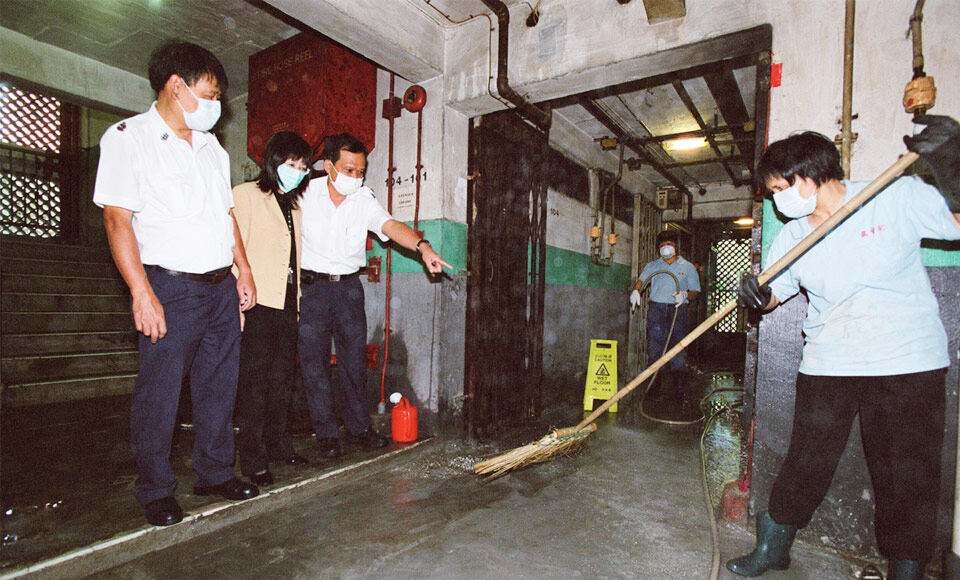
2003
In the aftermath of the SARS outbreak, a Marking Scheme was introduced to ensure public housing tenants keep their living environment clean and hygienic.
2005
The last phase of the TPS and the Comprehensive Structural Investigation Programme were launched.
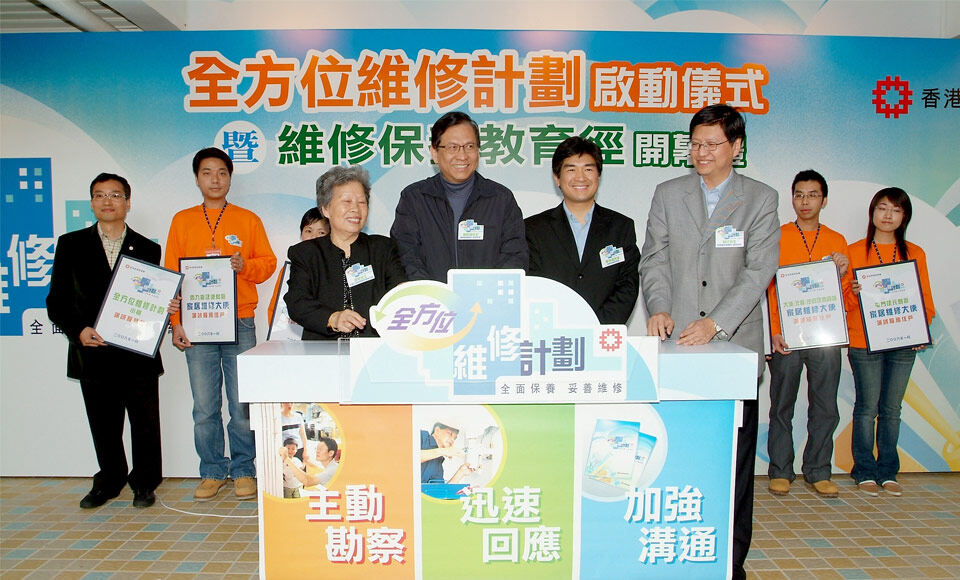
2006
The Total Maintenance Scheme was launched to boost the quality of maintenance and repair services in PRH estates.
2008
A new rent adjustment mechanism came into force, setting public housing rents based on the financial abilities of tenants.

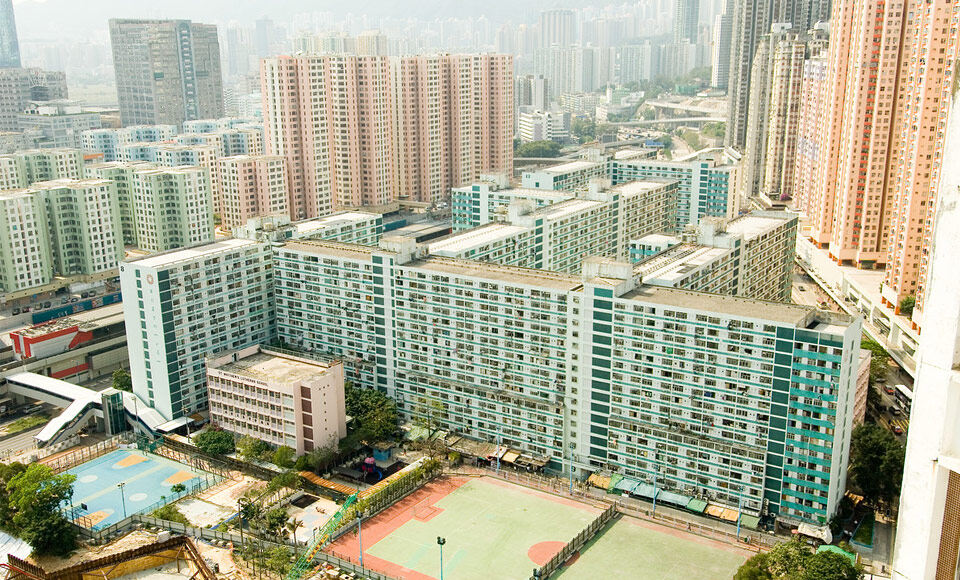
2010
The last batch of public housing blocks at Lower Ngau Tau Kok Estate was demolished, marking the end of the Comprehensive Redevelopment Programme.
2010
The Government announced the resumption of HOS in the same year.
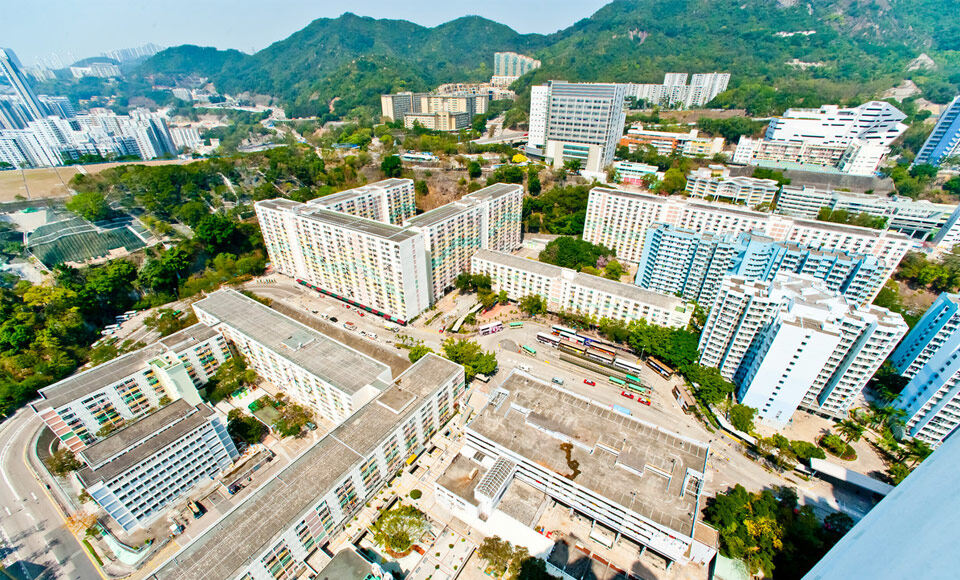
2012
The redevelopment of Pak Tin Estate was announced which was the first redevelopment project under the Refined Policy on Redevelopment of Aged Public Rental Housing Estates.
2012
The Long Term Housing Strategy Steering Committee was set up to undertake a comprehensive review of the housing needs of various groups in the community.
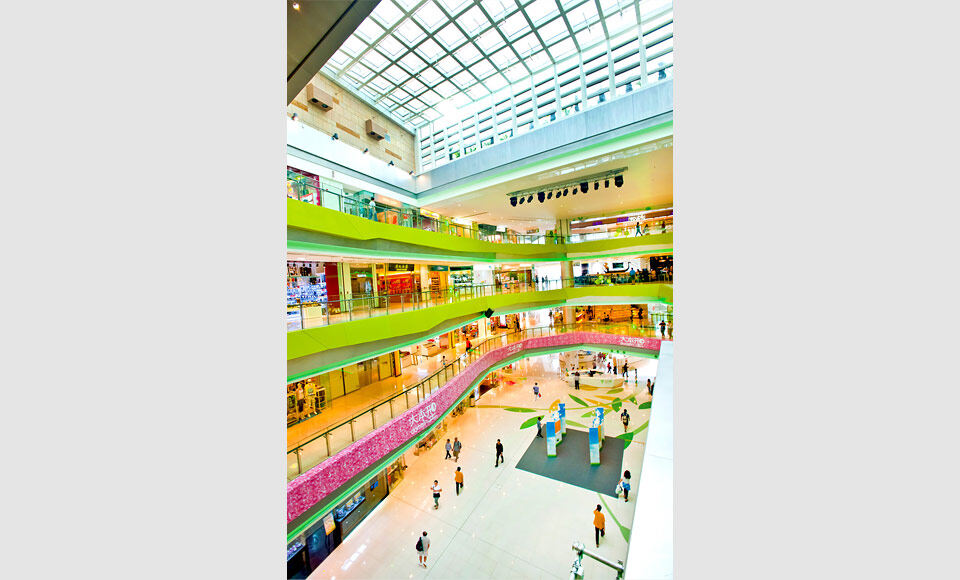
2012
The HA’s largest shopping centre, “Domain”, in Yau Tong, Kowloon, was officially opened in December. Domain has eight storeys and covers a total gross floor area of around 45 000 square metres, and around 150 shops.
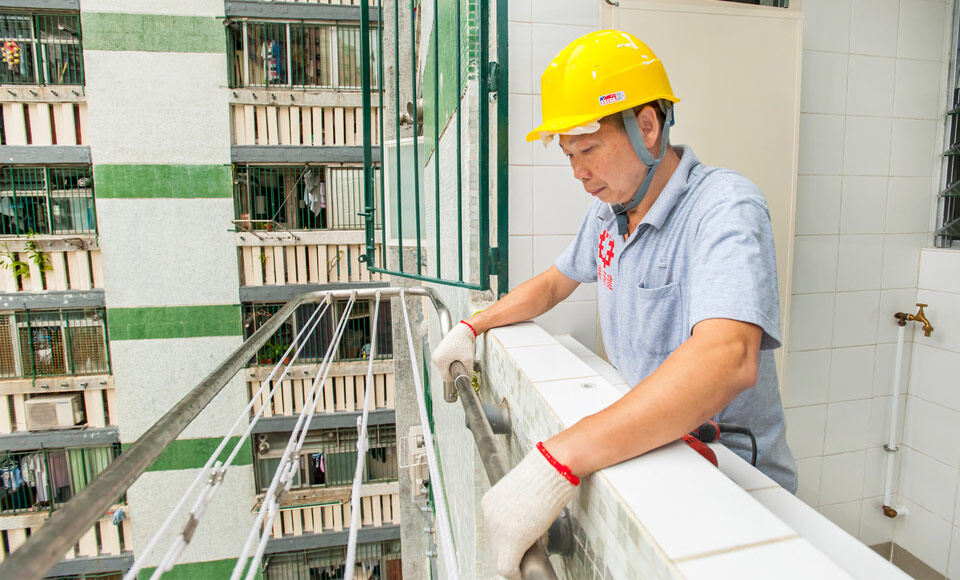
2014
The laundry pole holders in rental flats of PRH estates and unsold rental flats of TPS estates to be replaced with laundry racks free of charge, according to the preferences of individual tenants.
At the end of 2014
The first batch of around 2 200 new HOS flats, scheduled to be completed in 2016/17, was launched for pre-sale at the end of 2014.
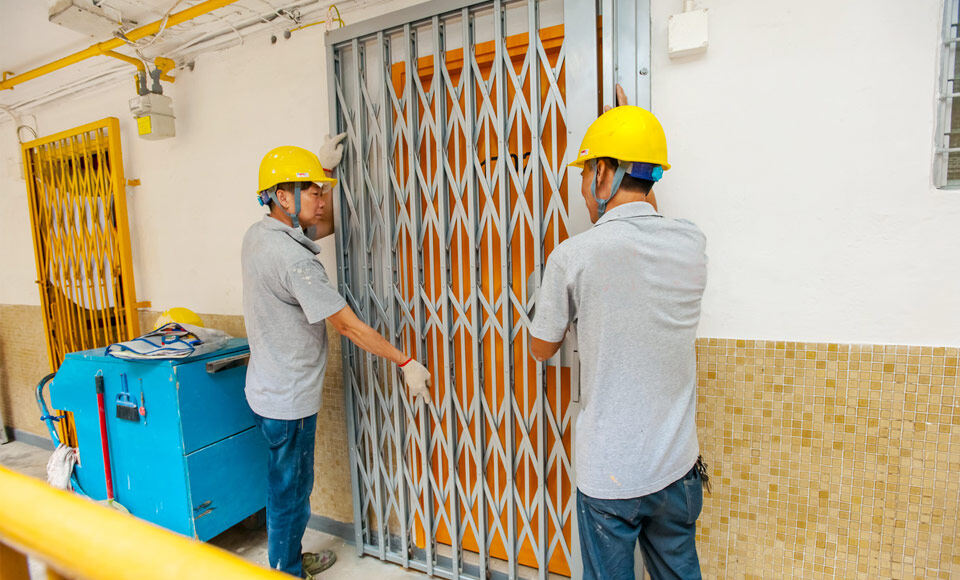
2015 - 16
The 176 300 old see-through type collapsible gates in PRH estates and unsold units of TPS estates to be replaced in a five-year programme starting in 2015/16.
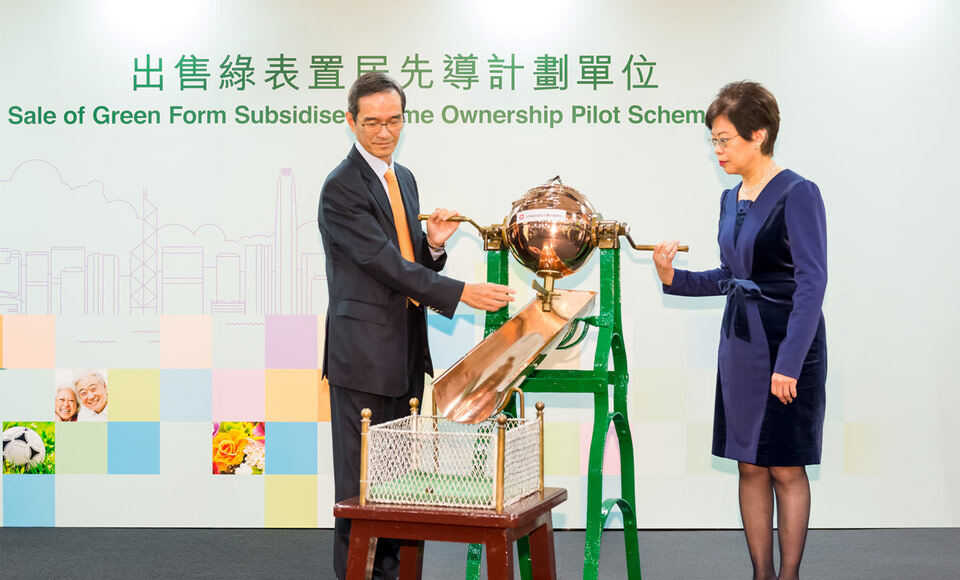
2015
The implementation details of the Green Form Subsidised Home Ownership Pilot Scheme was endorsed in May.
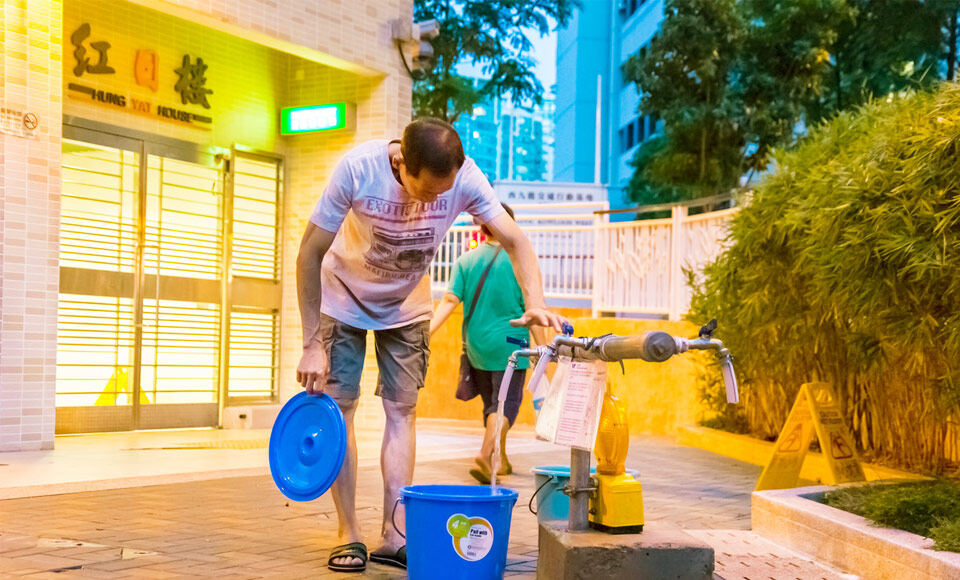
2015
Following claims that the fresh water supply to Kai Ching Estate contained excessive lead, a series of response measures were taken that included conducting water sampling tests, replacing relevant plumbing parts, suppling bottled water, and providing standpipes for residents. A review committee was also formed to investigate the issue.
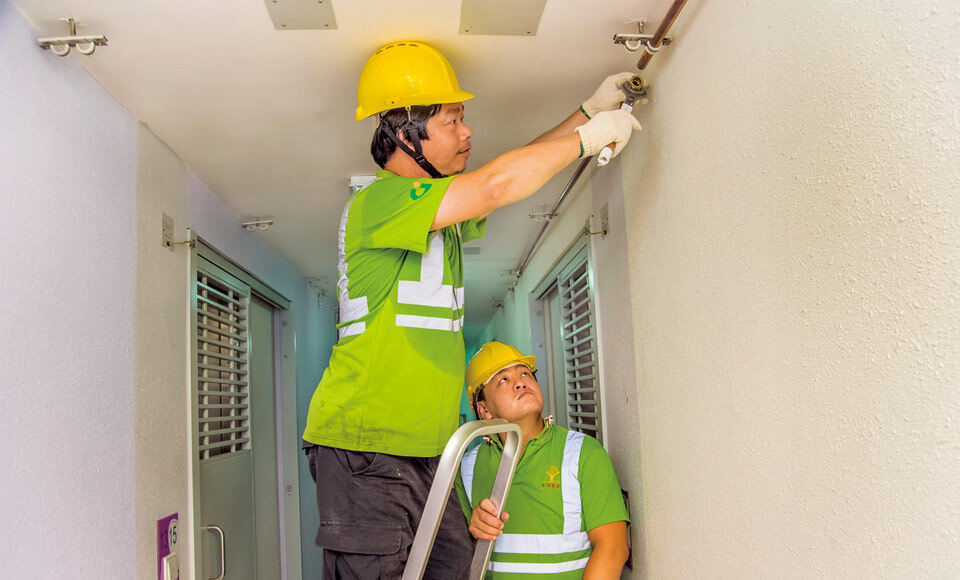
2016
The HA’s Review Committee on Quality Assurance Issues Relating to Fresh Water Supply of Public Housing Estates submitted its Final Report and recommendations. Rectification work to replace non-compliant water pipes in the common areas and individual units of the 11 PRH estates affected by excessive lead in drinking water began in phases from March.
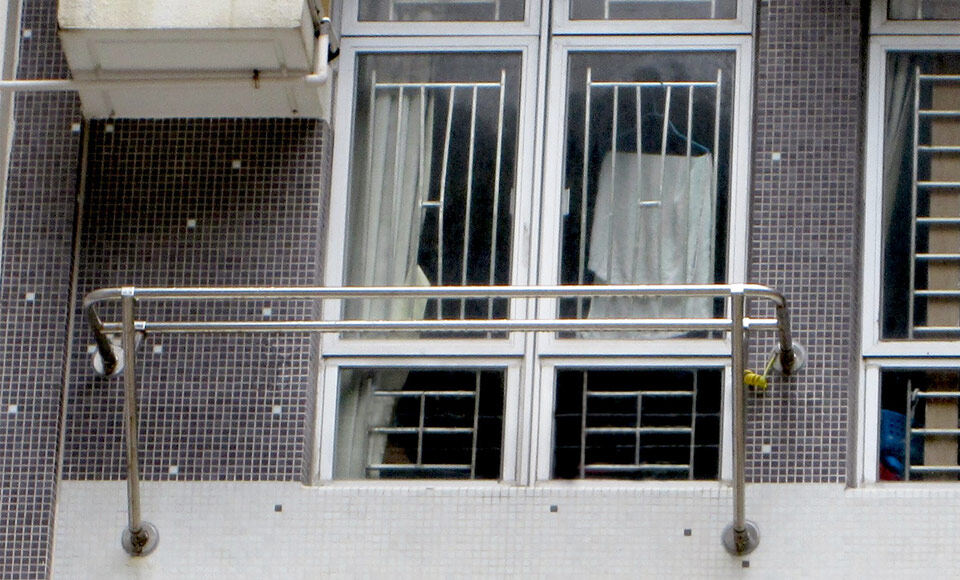
2017
From April 2017, laundry rods were added to all PRH flats in appropriate block types by phases.
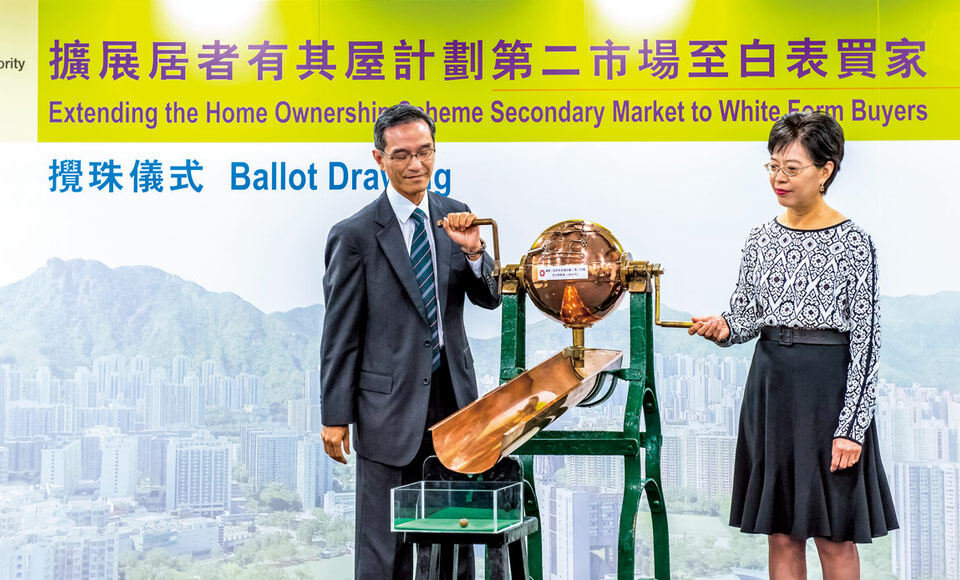
2017
Upon reviewing the Interim Scheme to Extend the HOS Secondary Market to White Form Buyers, it was regularised to become the White Form Secondary Market Scheme (WSM).

2017
The first mobile application for PRH tenants, iHousing app was launched. The first phase of the app covered rent enquiry and payment services.
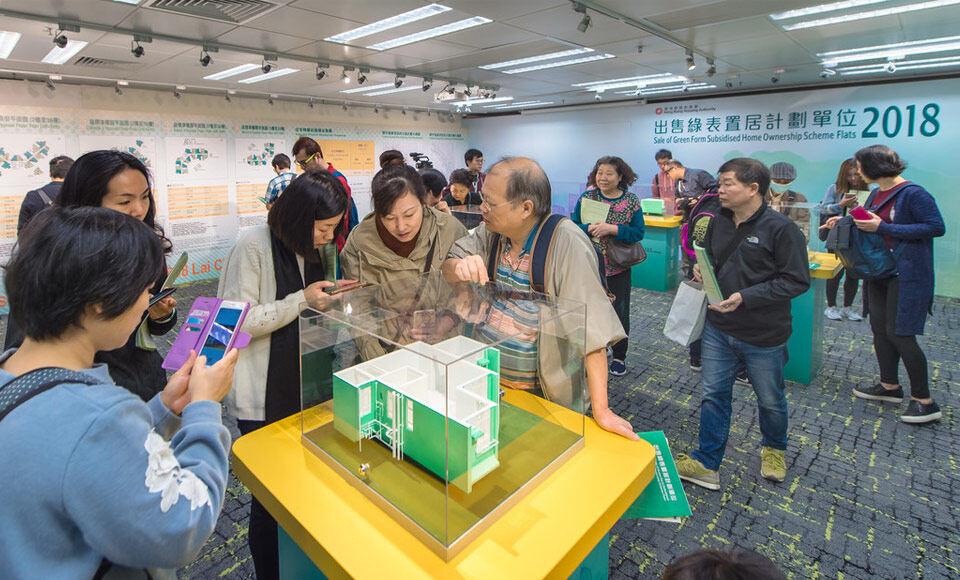
2018
Upon reviewing the Green Form Subsidised Home Ownership Scheme (GSH) pilot project, it became a regularised scheme.

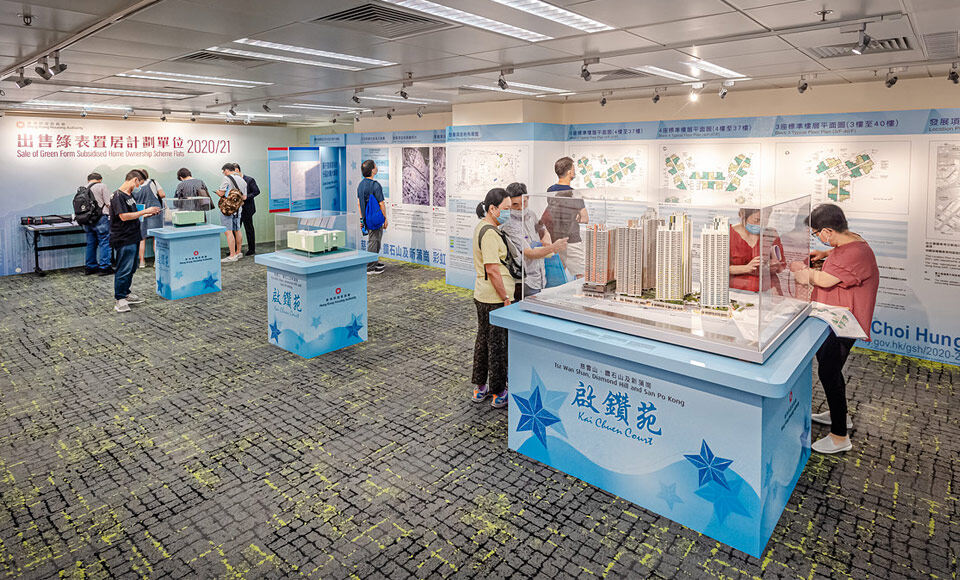
2021
The plan to include about 800 recovered flats from estates under the TPS in the Sale of GSH Scheme Flats 2020/21 was announced.
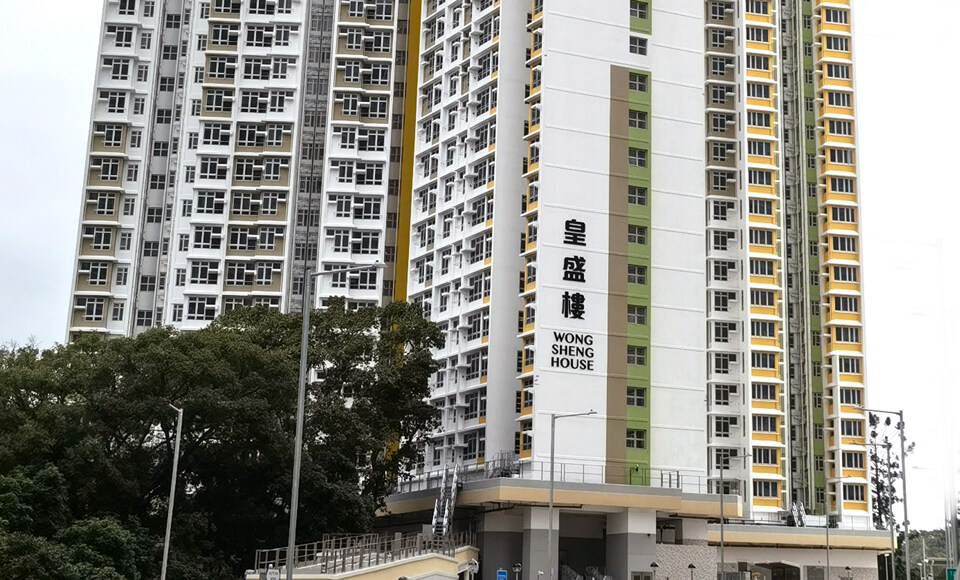
2022
Swiftly finished the conversion work of three newly completed PRH blocks of Queens Hill Estate and Lai King Estate as community isolation Facilities.
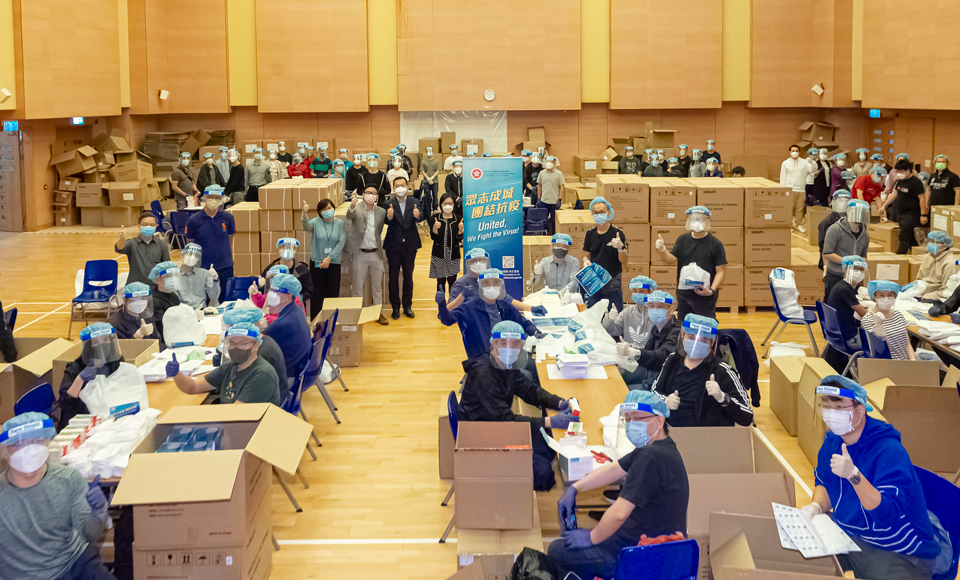
2022
The HD staff, together with other civil servants and volunteers distributed anti-epidemic service bags to 800 000 PRH households in April.
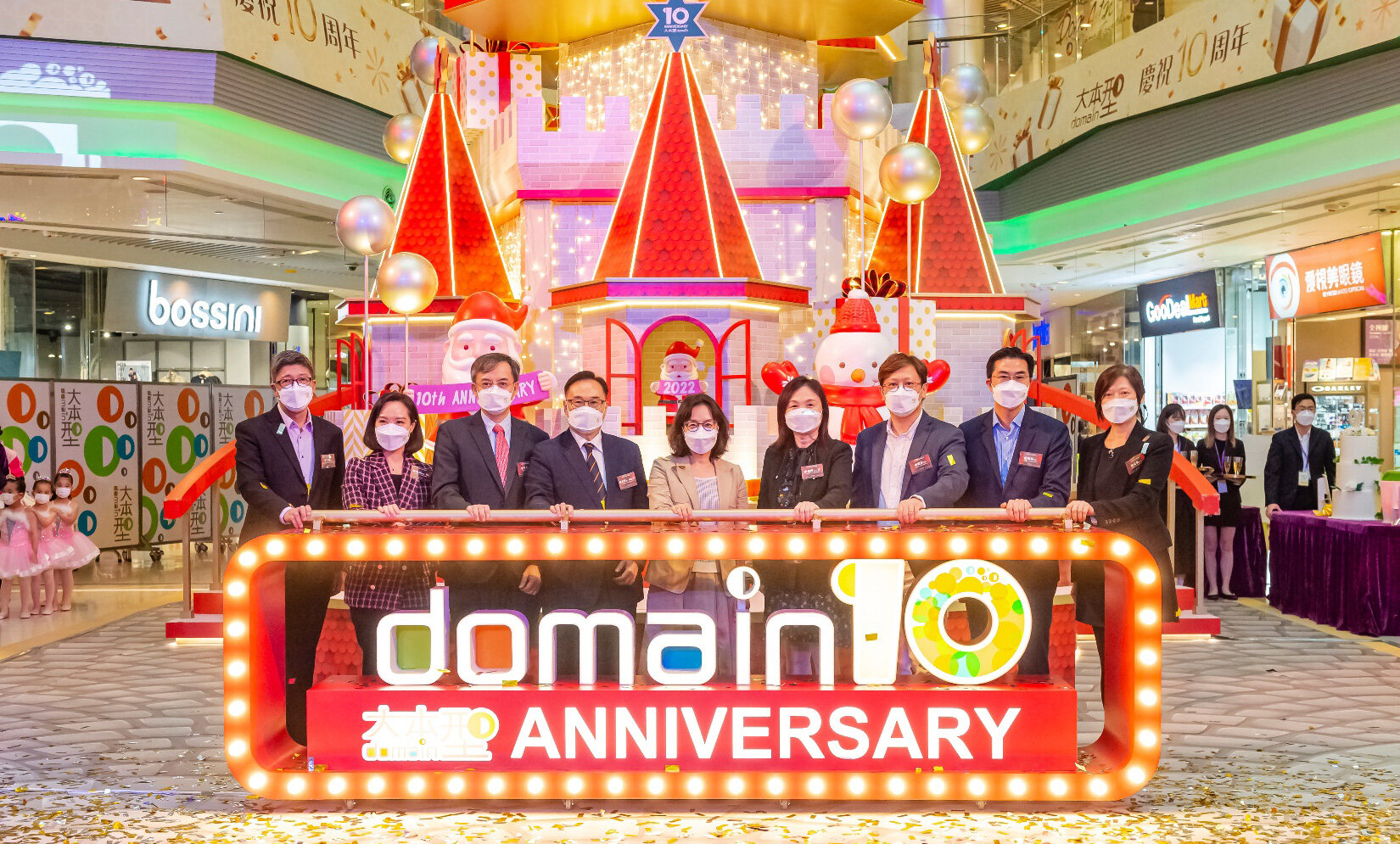
2022
HA held a series of celebration events to mark the 10th anniversary of its flagship shopping mall, Domain.
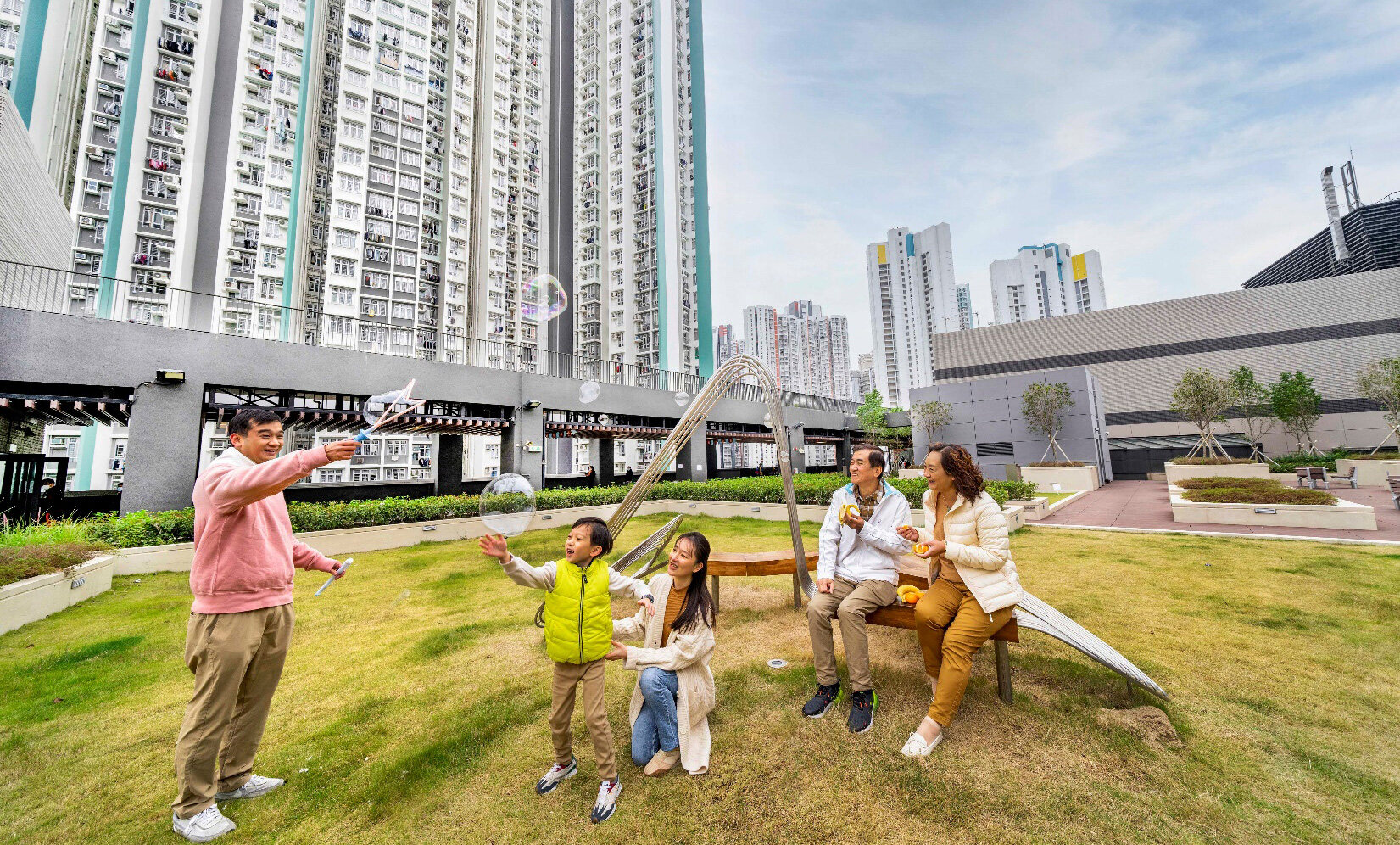
2023
The HA endorsed regularisation of the sale of recovered Tenants Purchase Scheme flats.
Along with the Government’s goals of ‘Enhancing Quantity, Speed, Efficiency and Quality’ of public housing supply, the HA launched a series of ‘Well-being’ projects to explore and draw up the design brief with the aim of fostering the well-being of residents living in public housing.
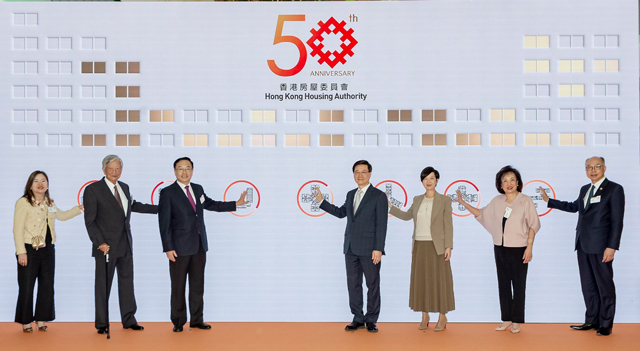
2023
The 50th anniversary ceremony of the HA took place at Domain, the HA's flagship shopping mall, on 12 December 2023. The ceremony was officiated by the Chief Executive Mr John Lee and Deputy Director of the Liaison Office of the Central People's Government in the Hong Kong Special Administrative Region Mr He Jing.

2024
The Subsidised Housing Committee endorsed the introduction of Families with Newborns Allocation Priority Scheme and Families with Newborns Flat Selection Priority Scheme in January. Both schemes are designed to encourage childbearing by providing incentives to family applicants of Public Rental Housing and Subsidised Sale Flats respectively.

2024
In September, the Housing Bureau and the HA launched a resident-oriented "Well-being design" guide, which serves as a reference for the future design of new public housing estates and the improvement works of existing estates.
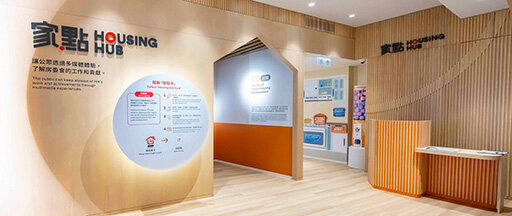
2024
The HA Discovery Centre - the Housing Hub opened to the public in November at Domain, HA’s shopping mall in Yau Tong. The story of Hong Kong’s public housing development and HA’s achievements are presented through interactive multimedia technologies.
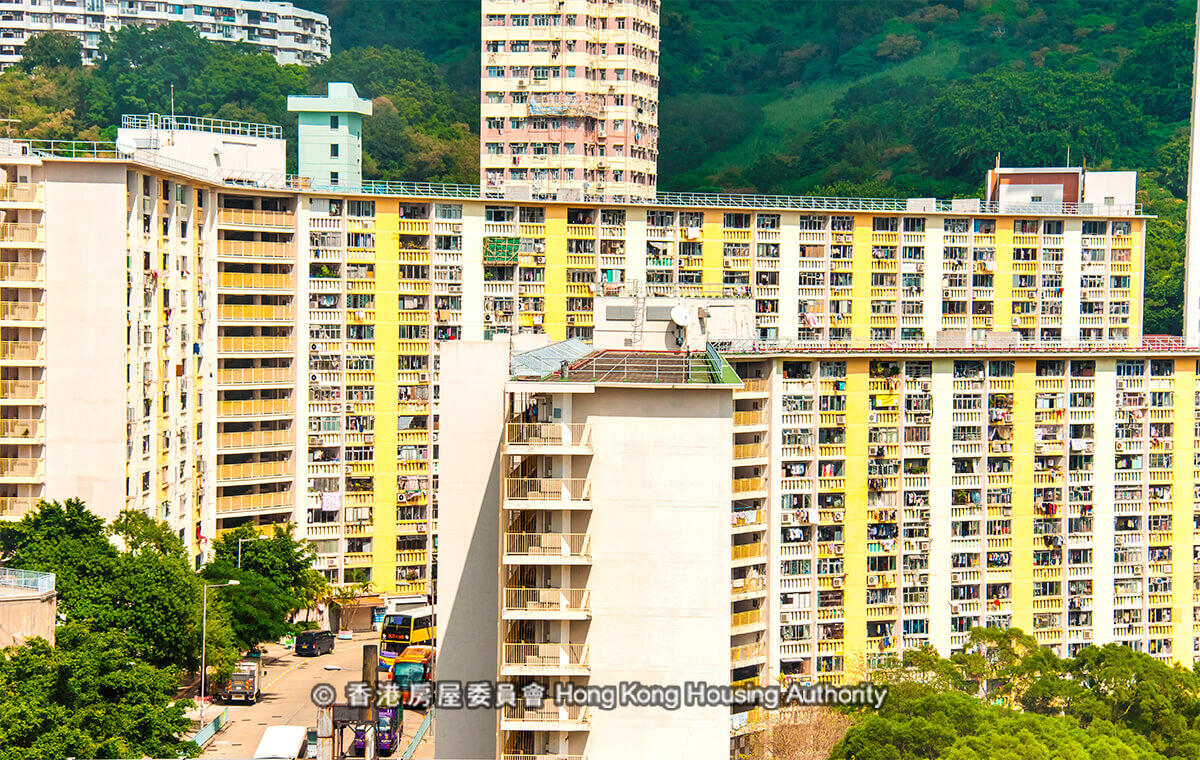
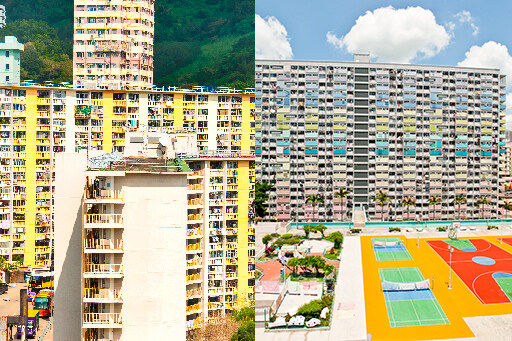
2024
Following the announcement of the clearance and rehousing arrangements for Phase 1a of Wah Fu Estate in March 2024, the HA further released the advanced schedule for clearance and rehousing for Phase 3 of the Wah Fu Estate redevelopment, as well as the clearance and rehousing arrangements for the Phase 1 of Choi Hung Estate redevelopment in December.
